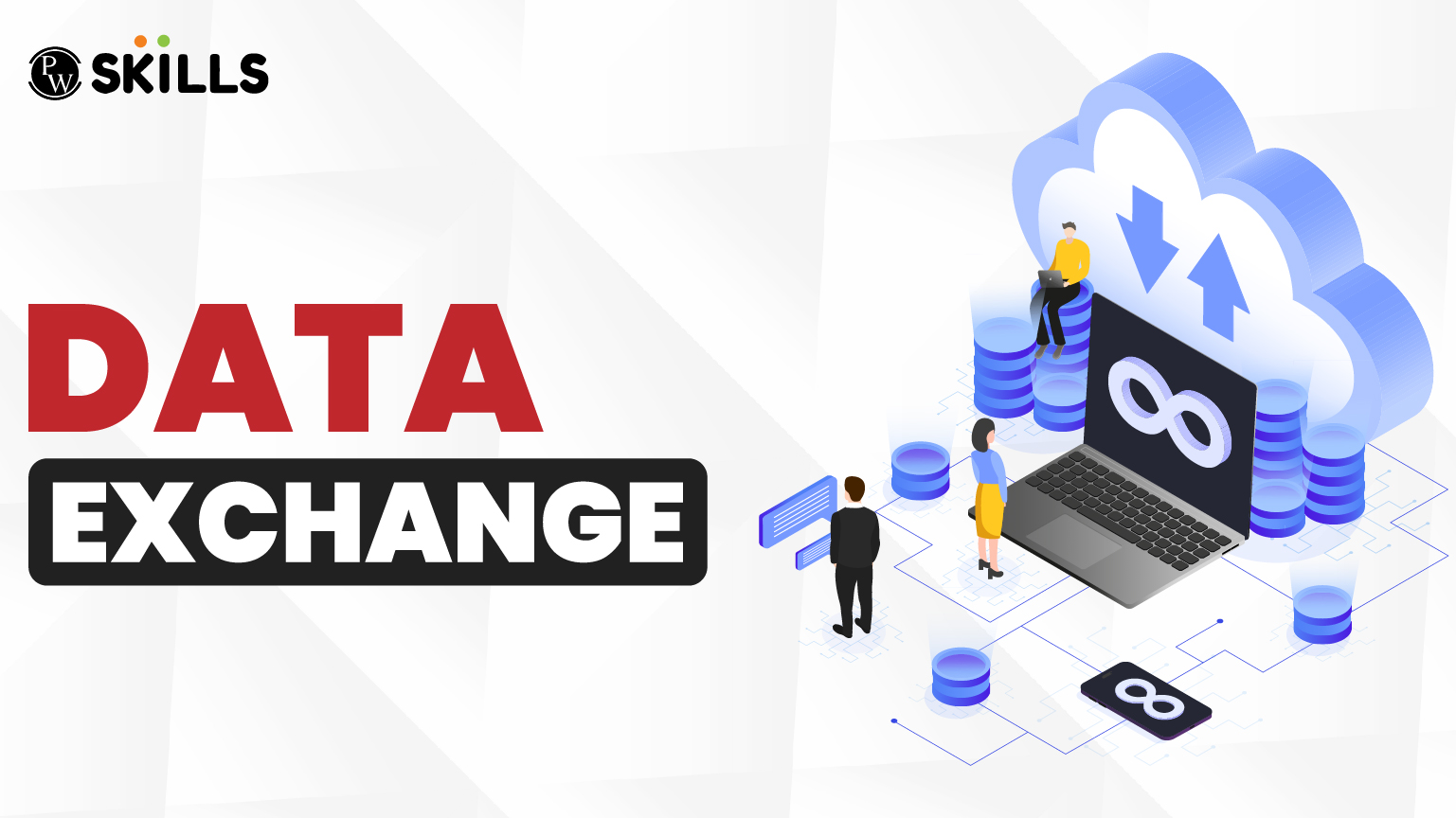Data Exchange is taking place everywhere and at a very rapid pace in this era. When you transfer data from one source to another then data transfer occurs, but wait it’s not that simple there are other things to consider i,e. When you transfer data from one place to another the way data is structured might not be compatible with the new system they are into.
We have to take into consideration the agreements, languages, standards before transferring data from one source to another. In this blog, we will learn how we can conduct an effective exchange data along with learning what data exchange is and why it is important.
What is Data Exchange?
Data Exchange is a process of exchanging or sharing data between different systems, organisations, or applications in a structured and usable format. Data is transformed into a commonly understood structure by using different technologies or methods.
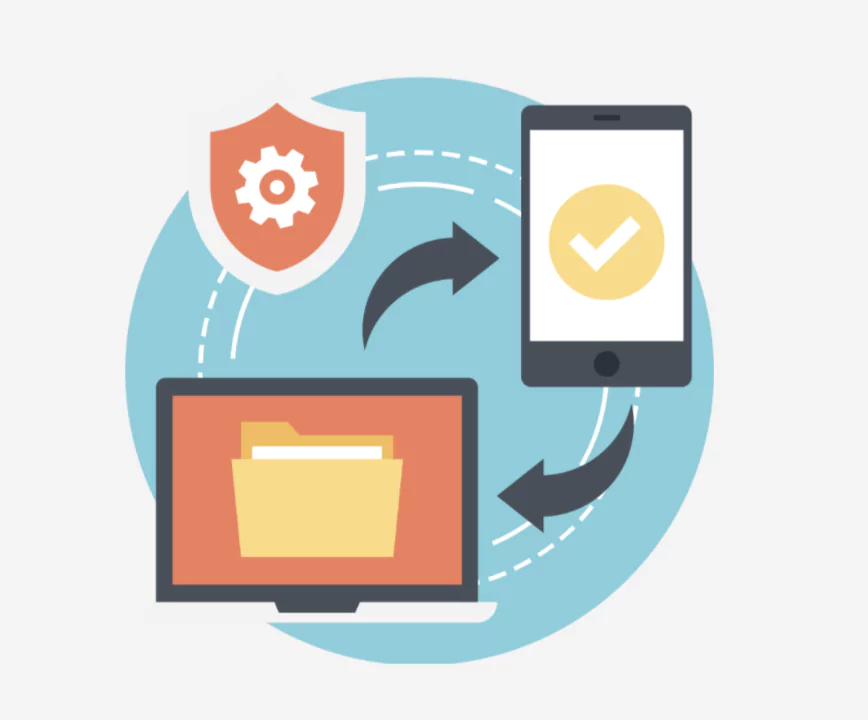
For instance, suppose there are two people who speak different languages while talking. They can use a translator that is a device used to translate one language to another in familiar format. Similarly in tech these familiar formats of data exchange can be JSON, XML, or CSV. Data exchange is taking place everywhere in one or different form, here we will learn what are the things we need to take care of.
Why Is Data Exchange Important?
Exchanging data is important as it offers a means to communicate and collaborate with different systems, platforms or organisations leading to faster, smarter and more efficient decision making. Today when all major organisations are dependent on large volumes of data coming from various sources, data exchange ensures that this available data can flow freely, in understandable format.
Data is kept in a standard format to ensure compatibility between various systems such as JSON, XML, or CSV data. It also promotes encryption, data mapping, data validation, and more. Let us know some of the major benefits of data exchange below.
Read More: Data Collection in Data Analytics: Types, Tools, Steps
Key Components of Data Exchange
Data Exchange consists of various key components which ensures that the transfer is secure, and efficient.
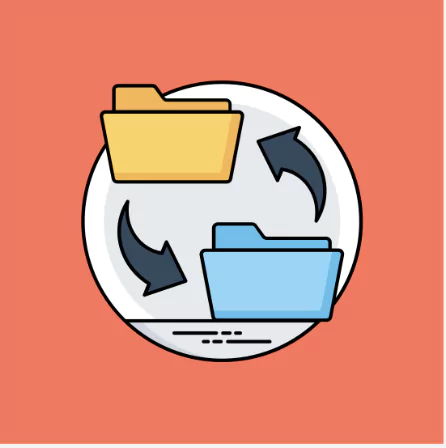
1. Data Exchange Platform
The platform for data exchange is the centre hub from where all actions during the data exchange take place. It is the central system which is responsible for managing the flow of data between different parties. It generally covers APIs, dashboards, and tools to make it easier to manage data flow.
2. Data Ingestion Tools
Data ingestion tools are required for collecting and importing data into the platform for exchange of data. These smart tools offer various formats like APIs, real time data streams, spreadsheets, databases, and more. They make sure the data is in usable format and ready for processing. Also, they make sure that these tools get all the required data in a consistent and reliable way.
3. Data Processing System
After the data is ingested, various other processes take place i,e. Data Cleaning, transformation, and data analysing before being shared to the destination which is handled by a data processing system. Filtering, aggregating, and reformatting are some of the common methods of data processing.
4. Data Distribution Mechanism
A proper mechanism is kept in place to make sure that the data reaches the targeted users or systems. It can be done through APIs, real time data streaming or scheduled data pushes. It ensures that data exchange is smooth and aligned with the needs of users. It can also ensure that whether or not the data exchange is successful.
5. Infrastructure (Network, Servers, Storage)
To transfer a large set of data there needs to be a very powerful infrastructure at work. It includes fast networks, servers, and reliable storage systems to handle large data. The infrastructure ensures that the data is available, backed up and delivered without any delay or errors.
6. Data Exchange Framework
This framework consists of various rules and policies which govern how data needs to be shared between various different entities. It also includes the format, protocoles, security guidelines, technical standards and more. It makes sure that the receiver understands the data format regardless of the tools they use.
Read More: The Ultimate Data Analytics Tutorial: For Beginners & Professionals
7. Security and Privacy Controls
Security is an important element in data exchange as it make sure that data stays protected during the transfer and even during storage. The complete exchange process takes access control, encryption, user authentication, data privacy laws into consideration.
![]() Join Our Data Analytics Telegram Channel
Join Our Data Analytics Telegram Channel
![]() Join Our Data Analytics WhatsApp Channel
Join Our Data Analytics WhatsApp Channel
Benefits of Data Exchange
Data exchange ensures the seamless flow of information in a standardised and understandable format based on different systems. Let us know some major benefits of data exchange.
1. Data Standardisation
Data exchanged format is kept standard to match the compatibility of different systems. Some of the popular formats used in data exchange are CSV, JSON, XML and others. This is a very important process to interpret and process information easily and accurately.
2. Authentication
These data exchange methods also ensure identity verification which means validating the identity of the user trying to access the data exchange. Data exchange offers data safety by providing role based access and other permission controls.
3. Data Mapping
Data mapping ensures that sharing information takes place in a method which ensures alignment of data fields in similar format as per the requirement of the system. It ensures seamless translation allowing different systems to understand and utilise the information effectively.
4. Error Handling
There are tools which can easily detect and rectify errors of different formats occuring during the exchange of data. These tools provide smoothing logging, notifications, and rectify data errors if any during or before transmission takes place.
5. Data Encryption
This method also ensures that there are major encryption techniques which protect data during transit. Data is kept hidden or safe from the third party trying to access it without consent during transmission.
Read More: Deloitte Data Analyst Certification Free: An Effective 5 Steps Guide
6. Monitoring and Reporting
Data in data exchange uses various smart tools to track the performances, monitor features, and collect different insights of data ensuring a smooth exchange or transmission. It extracts data traffic, bottlenecks, latency, and more.
Commonly Used Data Exchange Formats
Let us check some of the frequently used data exchange formats in industries below.
1. JSON (JavaScript Object Notation)
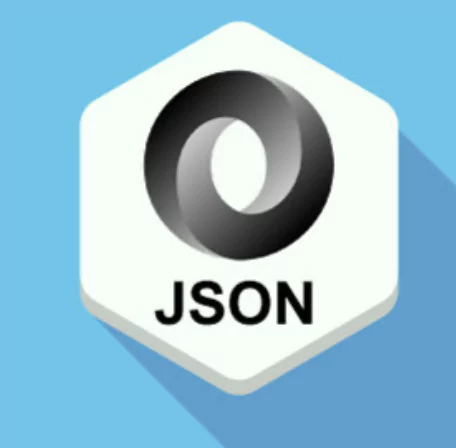
JSON is a popular data format also known as Javascript Object Notation. It is used in web applications and APIs frequently and requires a simple key value pair structure which is easy to read and maintain both for humans as well as machines.
Being lightweight and compatible with many programming languages, JSON is often used for real-time data sharing between clients and servers.
2. XML (eXtensible Markup Language)
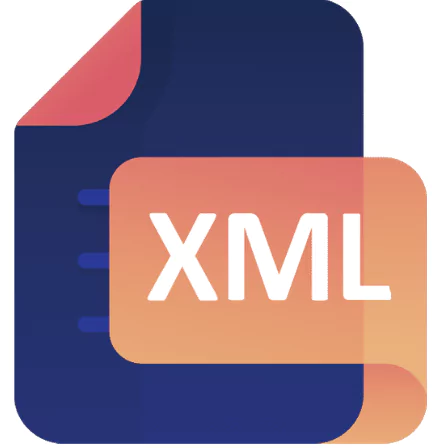
XML is also a popular exchange format used to describe the proper structure of data. It uses user defined tags to make complex data representations. The data stored can be shared easily and supports information exchange between systems such as websites, databases, and third party applications.
3. CSV (Comma-Separated Values)
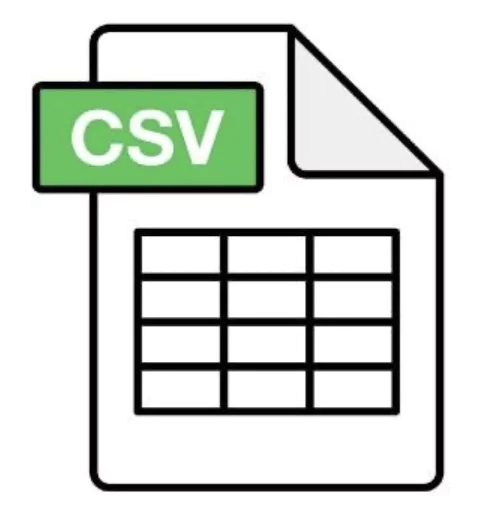
You might have noticed this format of data while receiving data or frequently when collecting data for training machine learning algorithms. It is a simple and flat file format where data is stored in rows and columns separated using command.
It is ideal for sharing data in tabular form, spreadsheets, or database exports. It is lightweight and easy to generate making it a popular and quick choice for popular business environments.
Learn Data Analytics With PW Skills
Learn everything about data and its importance in organisations with the PW Skills Best data analytics courses. It is suitable for freshers as well as candidates pursuing graduation. Leverage Generative AI models to create more enhanced models, generate information, and advanced analytics.
You will learn everything special such as Python, SQL Queries, Pandas, Machine Learning, Matplotlib and other important tools within this course.
Data Exchange service FAQs
Q1. What is Data Exchange?
Ans: Data Exchange is a process of exchanging or sharing data between different systems, organisations, or applications in a structured and usable format.
Q2. Why is data exchange important?
Ans: Data Exchange is important as it offers a means to communicate and collaborate with different systems, platforms or organisations leading to faster, smarter and more efficient decision making.
Q3. What are major components in data exchange?
Ans: Data exchange platform, ingestion tools, processing systems, infrastructure, frameworks, and security controls are some of the major controls in data exchange.
Q4. What is the data exchange format?
Ans: Data exchange format is the method by which data is converted into the target format ensuring proper readability and accessibility for end users.
Q5. Is JSON a data exchange format?
Ans: JSON is a data exchange format available for free required to be followed by systems and people both.

